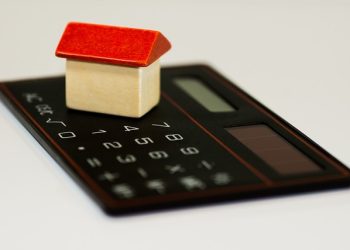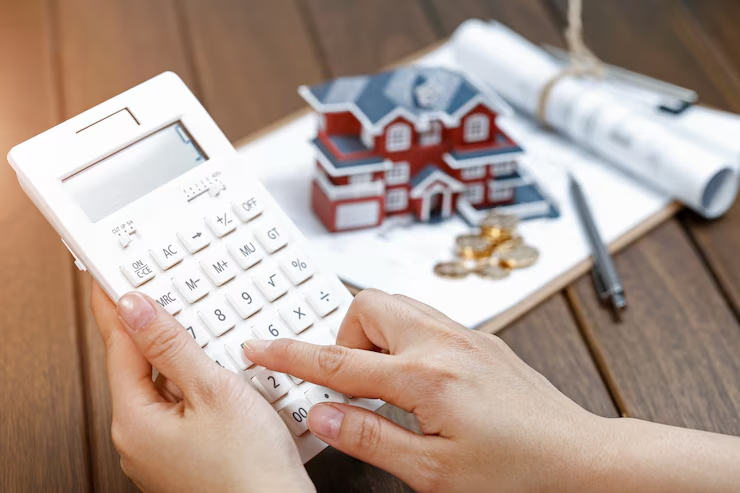Ever since its inception and integration, Augmented Reality (AR) has brought a tremendous change in the real estate industry by driving competition and nurturing engagements three-fold.
The way the real estate industry operates remained unchanged for almost a decade. Agents assist customers by helping them find the right property, visiting a dozen units before locking the decision. Not to mention the rut of all the extensive paperwork and travel to and from the site! Usually, the process takes weeks or months but then comes the change as the industry finally begins to understand, accept and even integrate digital technology to its advantage.
For the dedicated ones and enthusiasts, real estate industry has always been a home to visionary designers, iconic builders and dreamers. In short, the niche thrives on vision and the coming of augmented reality proved to be a game changer as it gives innovators just the push to bring their ideas to life. Bridging the gap between industry and consumer market is for sure a real estate app development company, having just the expertise and technology needed.
A Glimpse of AR in Real Estate
With Augmented Reality (AR), you can actually visualize the concept with a real-world environment, create innovative, engaging spaces for users to interact. Using AR tools, touring unfinished properties, ability to detect and solve problems from a distance and even change designs on the go are only a few pros that barely scratch the surface.
A study by Deloitte back in 2019 revealed that commercial realty investors vouched for prioritizing AR and VR integration in the real estate industry.
Advantages of AR in Real Estate
– Lead with a Competitive Edge
Property developers and agencies can market just the appropriate units to match buyer/tenant intent using AR technology. It helps in reducing possible barriers and ambiguity for prospects if they actually wish to experience themselves in a particular space. In-fact, the technology is capable enough to render unfinished and unfurnished spaces into a realistic model that can surely close the deal.
– Organizational & Operational Efficiency
Property designs can be created and iterated rapidly with AR’s advanced visualization features. Also, developers and engineers are able to detect possible construction and manufacturing flaws earlier while addressing them within due time before it can create a real chaos. Landlords or owners, on the contrary, can use real estate AR mobile apps to track all the repairs and lessen the time to tackle prospects’ concerns.
– Lucrative Visuals
Where words fail to communicate, visuals win the hearts! Visionaries and innovators in the real estate industry can leverage AR technology to effectively share their vision with the general audience and stakeholders. That said, interior designers can easily craft a dream home out of plain, bare walls, developers can capture buyers’ attention through lucrative marketing of unfinished or underdeveloped homes, allowing architects and engineers to share a glimpse of the final product even before the actual build.
– Innovative Branding & Marketing
Tap the untapped markets and explore unlimited possibilities with AR in real estate as the technology supports remote touring of the property. This way, clients coming from crossborders feel at home whereas locals can discover nearby properties to buy or rent with feature-rich AR mobile applications.
AR Industry Applications – Inspiring Examples
Today, a lot of real estate developers, designers, home decoration experts and brands around the world are already using augmented reality to their advantage which lifts up a business and enhances customer experience.
This is because the technology is too powerful and features too lucrative to simply shrug them off. Just in-case you’re wondering about must-have features for a real estate app, check out the examples below to get an idea what brands around the world are cooking up with AR!
– Oracle
AR wearables were strategically used by Oracle to receive employee feedback while serving as a navigator throughout the construction process, as part of the company’s innovation lab. The final product was just the mirror-reflection of all the stakeholders’ vision.
– IKEA
IKEA’s AR application is considered a perfect solution to interior design which allows users to place their preferred furniture and decorations in spaces where they’d eventually be placed later. You can actually visualize the look and feel of a particular room, home or space and confidently take a decision.
– Clayco
This particular Chicago-based construction engineering company leveraged AR technology in real-time for its building projects. When worn, AR-enabled glasses allow site managers to examine the entire site, identify flaws, have them fixed and modify the construction plans as the project progresses.
– AirMeasure
Taking care of complex calculations and measurements is painful and the traditional way in the construction industry is tape reel. With AirMeasure, you can tweak the size of furniture and space by using your smartphone to actually visualize post-construction and decoration aesthetics. Physical limitations are no more an issue as this particular app can easily cover hard corners and edges.
– American Life
With hoteling experience, aesthetics can make or break a deal. American Life; a real-estate development company used AR tools in making their Southern California project a success to meet expectations of future guests and to collaborate on all the cool stuff, finer points that lifts up a property.
How You Can Use Augmented Reality in Real Estate
From helping buyers and tenants to reshape the entire construction industry landscape, AR applications in the real estate industry are immense. The technology, despite being in its maturation stage, has already delivered beyond potential.
Property Maintenance:
Property managers deal with multiple requests from tenants that take up significant hours of their day. With AR, they can digitally scrutinize the property and disseminate the task to the respective team or technicians without physically appearing on the doorstep or in-person visit.
Commercial Real Estate:
Entrepreneurs in the realty industry can ground a big vision to reality using AR as the technology can give them realization of a completed project. Integrate different objects to a unit, tweak the size and be creative on your way to know about all the changes in commercial properties.
Design & Development:
Chances of errors in property development are greater as there’s too much to deal with altogether. With AR, you can create intelligent and enriched environments to give developers a preliminary insight and precautions to take with the design and development of a unit.
Home Decor:
Even a seasoned interior designer and home decoration expert may find it difficult to visualize a perfect home until they see it. With AR, you can incorporate creative designs and interior decor items to make informed decisions.
Deploying AR Solutions to Real Estate
To create interactive virtual environments out of real-world concepts is the gist of using AR in real estate. You can use mobile apps and technology to design a perfect home with imagination being the only limit. A few important aspects to consider are:
- Features
- Hardware and software
- Data







